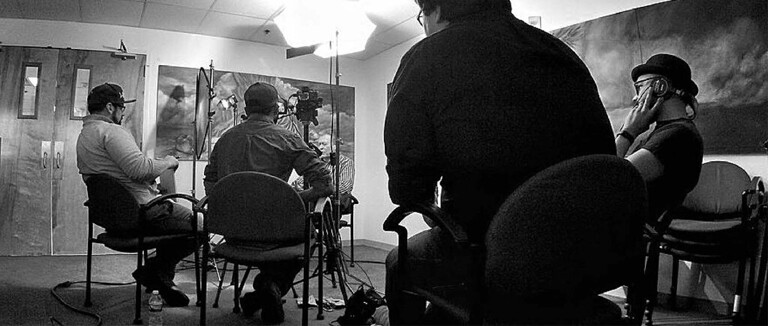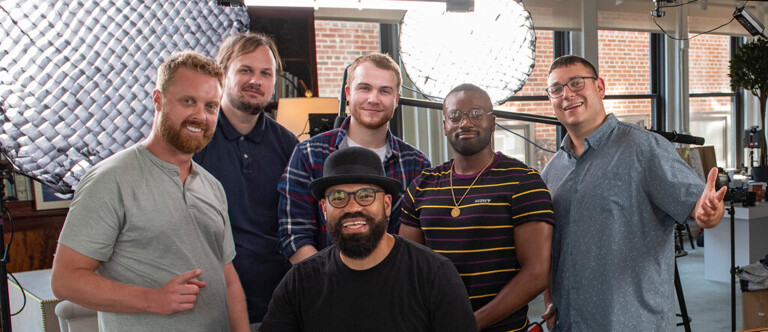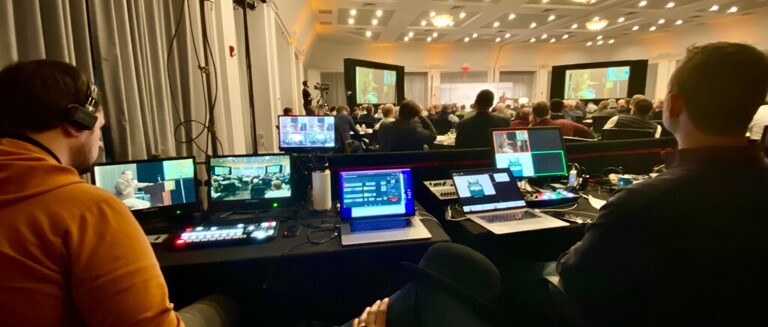Drones allow videographers to get the amazing shots you can’t usually get with a tripod and handheld or even a camera stabilization system. As the owner of a video production company in New Jersey, I’ve seen the attention-getting value that a drone can add to a typical storytelling video.
Let’s face it—we all know that people have short attention spans. You want your audience to watch and listen when you tell the story about your company or non-profit organization. Nothing gets—and holds—people’s attention like really cool aerial footage.
Most of us grew up playing video games. I’m not referring to Pong or Space Invaders. We’ve all seen those fantastic computer-generated graphics that make the gamer feel like they are actually inhabiting the character in play. Their incredible technological effects make you feel like you are running through the jungle, jumping off cliffs, and flying over the city. We’re accustomed to those types of images, and they resonate with us. That’s the value of adding drone footage to non-profit or corporate video production. The viewers just plain like it.
Getting Good Drone Footage is a Heavy Lift
Drone footage adds lots of valuable elements to your story. However, there are a lot of nuts and bolts involved in getting it done. In the days before drones, it would require a helicopter or small aircraft with a handheld camera mounted off of the side. It was costly and quite impractical unless you had a six-to-seven-figure budget.
Hire the Right Drone Pilot to Get Amazing Video Footage
Now, we can get the same effects with a drone. But don’t think you can get it done properly with your 13-year-old nephew’s equipment. Not everyone can fly one safely or capture a good shot. It takes skill to move the drone and the camera to achieve that orbital shot, reveals shot, or look-down shot. You need to hire a qualified, licensed drone pilot (yes, I said the pilot as per FAA compliance and regulations), and it’s helpful if that person is also a skilled photographer and videographer. A reputable video production company hires the most qualified pilots to get the job done.
One of my go-to drone pilots is Barry—he’s not only a fantastic pilot, but he’s also a programming wiz. This is a clutch for designing and executing precise, pre-programmed flight paths through the TGI app. It makes functions like parallaxes—which are extremely tricky to do—much easier because the equipment can match the speed of your camera gimbal with the drone. A good pilot has the ability to take over and manually control the machine when an incredible shot appears during the flight–these moments come as a surprise. While flying the drone, we may see a point of interest on the roof of a building or a compelling perspective shot. They aren’t part of the original plan, but you must react quickly and capture that powerful image. When a good pilot/videographer sees those random images appear, he manually resumes control over the flight to get those amazing pictures.
Certified, Experienced Drone Pilots Navigate the Space
Whenever our licensed, certified drone pilots take off, they have permission to fly from the FAA. If you don’t, you’ll get grounded or your video production company will be completely shut down. The FAA monitors your take-off and landing, your altitude, and the drone’s location in relation to other aircraft. An experienced pilot like Barry is well-versed in all of this and also knows how to navigate the regulations as well as the airspace. So, for example, if we get clearance for 200 feet of altitude but see that the surrounding structures are 500 feet, Barry “knows the guy” to call and see if we can get more clearance. Let me tell you…an experienced, licensed, insured videographer is the way to go, so look for one when you are hiring a video production company. (And, no, Barry, you’re not getting a raise).
An Aerial View Helps Your Storyline
Aerial videography needs a strong strategy and storyline. It’s imperative to make sure that you work with a storytelling video agency that sees the entire vision–the technical side, the strategic side, and the storytelling side–not a company that just throws a drone up in the air because it looks fancy.
The drone element is critical if the town, city, or region plays a character or is an essential element of your story. Drone footage brings that character’s influence to light and brings new life and energy to the story. You can highlight landmarks that are specific to your organization. Zoom in on your building to show that you aren’t just buying stock footage. It makes your storytelling video production so much better and epic. A camera on a tripod cannot duplicate that feeling of movement over water or rising above the skyline. It just can’t.
A Good Video Production Company’s Drone Techniques Will Speak to the Heart
Imagine the camera facing down, focused on the street. The drone slowly starts pulling it up vertically to communicate a “rising phoenix” concept. (Am I getting too deep here?) Or, imagine that reveal shot, comprised of flying past a large building to slowly expose the main point of interest that appears as we pass by what concealed it. It adds so much emotion to your production.
These techniques are critical because they engage interest and emotion. Our culture hears talking heads hour after hour–every day. What can we do to capture people’s imagination and make them feel more connected and engaged? We need to create that visual piece that illustrates the narrative. This effectively creates two points of interest—the visual and the auditory—and that holds people’s interest much longer than just a voice or just a video production. Aerial footage gets your audience to pay attention and listen to what you are saying.
Still not convinced? Check out our favorite shots from over the years here…(link)
Give Beard & Bowler a call to make your story fly. Click here to get in touch!
Blog by Jason Ellinger (with a little flavor from Kwami Ngaojia)






